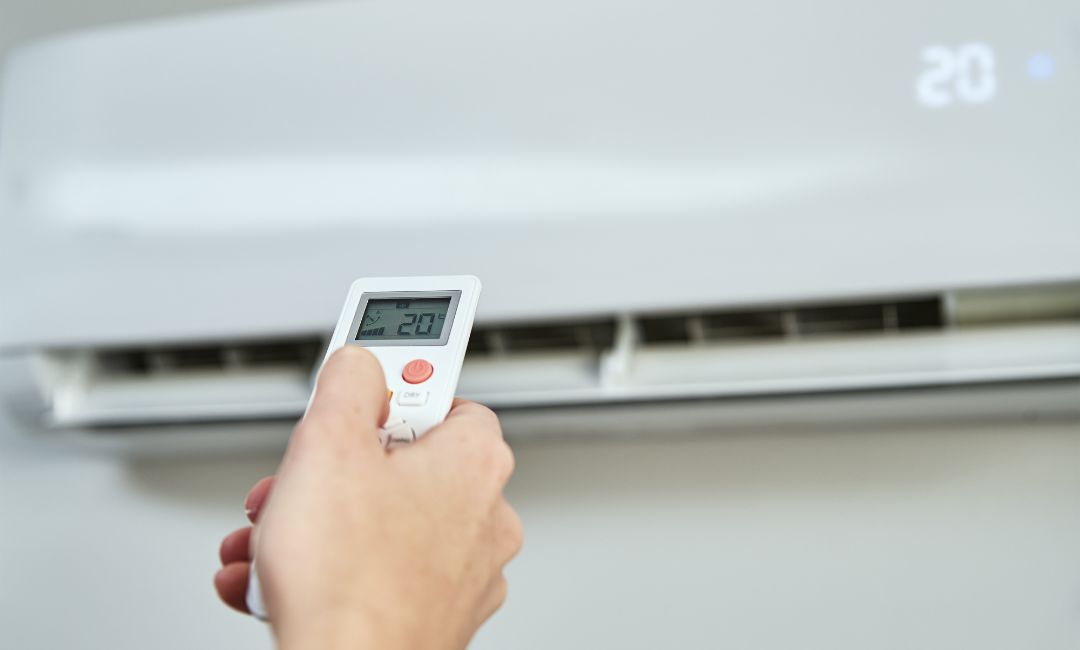How to Repair Your Air Conditioner in an Emergency

When your air conditioner breaks down on a scorching summer day, it’s crucial to address the issue quickly to restore comfort. While some repairs require a professional, there are several steps you can take to troubleshoot and possibly fix the problem yourself. Here’s a guide on how to handle air conditioning repairs in an emergency. For significant issues, remember to search for “Air conditioning service repair Los Angeles” to find reliable professionals.
1. Verify Thermostat Settings
Ensure your thermostat is set correctly. It should be on “cool” mode with a temperature setting lower than the room temperature. Double-check that it hasn’t been accidentally switched to “heat” and replace the batteries if necessary.
2. Replace or Clean the Air Filter
A clogged air filter can drastically reduce your air conditioner’s efficiency. Turn off the unit, remove the filter, and inspect it. If it’s dirty, replace it or clean it if it’s reusable. This can significantly improve airflow and cooling performance.
3. Inspect the Electrical Panel
If your air conditioner isn’t running, the issue might be a tripped circuit breaker. Check your electrical panel and reset any tripped breakers. If the breaker trips again, there could be a more serious electrical issue that needs professional attention.
4. Clear the Outdoor Unit
Ensure the outdoor unit is free from debris such as leaves, dirt, and grass. Clean around the unit and ensure there’s sufficient clearance for airflow. Obstructions can cause the system to overheat and fail to cool properly.
5. Clean the Condenser Coils
Turn off the power to your air conditioning unit and check the condenser coils for dirt and debris. Clean the coils gently with a hose to enhance the unit’s ability to dissipate heat. Avoid using high pressure to prevent damage to the coils.
6. Check for Duct Leaks
Inspect your ductwork for any visible leaks or damage. Leaky ducts can lead to a significant loss of cooled air, reducing efficiency. Seal any leaks with duct tape or mastic sealant to improve airflow and cooling.
7. Examine Refrigerant Lines
Low refrigerant levels can cause cooling issues. Look for signs of refrigerant leaks, such as hissing sounds or ice buildup on the refrigerant lines. Handling refrigerants is hazardous and should be left to professionals.
8. Thaw Frozen Evaporator Coils
If your evaporator coils are frozen, turn off the air conditioner to let them thaw. Frozen coils often indicate restricted airflow or low refrigerant levels. Once thawed, address any airflow issues and consider calling a professional to check refrigerant levels.
9. Reset the System
Sometimes a system reset can resolve issues. Turn off the air conditioner at the thermostat and circuit breaker, wait five minutes, then turn it back on. This can clear minor system errors and restore functionality.
10. Seek Professional Help
If these steps don’t resolve the issue, it’s time to call in a professional. For those in Los Angeles, searching for “Air conditioning service repair Los Angeles” can help you find qualified technicians who can quickly diagnose and fix the problem.

















